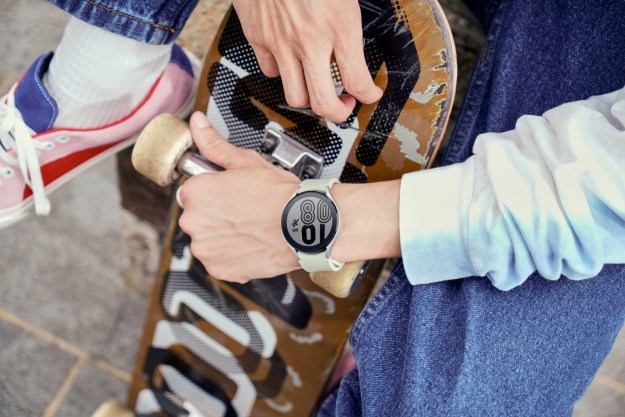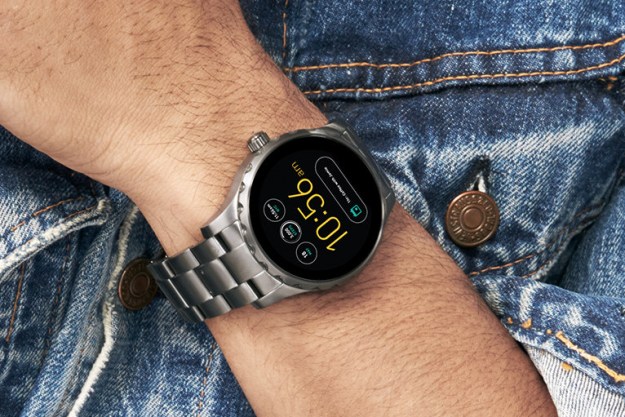Cycling helmets with an integrated light are nothing new, but like all battery-powered devices, they were only ever useful if you remembered to charge them up before heading out. Not so with the POC Sports Omne Eternal, a cycling helmet with a built-in LED light that never needs to be plugged in or have a battery replaced in order for it to work.

The Omne Eternal is the result of a partnership between POC — a Swedish cycling accessory maker — and solar power experts Exeger, and is being billed as one of the world’s first “self-powered” cycling helmets. By integrating Exeger’s special Powerfoyle solar cells into the structure of the helmet, it constantly pulls in light from any source, indoor or outdoor, to power up the LED on the back of the helmet. Sensors inside the helmet recognize when you put the helmet on, and activate the light for you. Take the helmet off, and the light goes out.
That’s right, the helmet doesn’t need charging, and has no batteries to replace, no proprietary charging cables to lose, and no on/off switch. It’s simply always ready to go. POC’s experience with cycling safely equipment means that despite the integrated electronics, protection has not been compromised, the ventilation is effective, and it’s still light enough to wear for long periods. The wear sensors are designed to work even if you’re wearing a hat under the helmet.

It’s recommended that the helmet is exposed to some kind of light source for an hour each day, and the sensors are weatherproof, so it can be worn in bright sunshine or the freezing cold. While they’re unaffected by rain, snow, and even scratches, they just need to be kept clean. That’s about all the general upkeep the Omne Eternal requires, making it easy to live with.

Designed to increase rider visibility in difficult conditions, in traffic, or at night, the Omne Eternal has a single LED light on the back, which flashes to attract further attention. It’s quite small, though, and of course should not be considered a replacement for bike lights or reflective clothing. It’s not quite as smart as some of the alternatives out there either, such as the Lumos range of cycling helmets, but the convenience factor makes it stand out.
The Omne Eternal will arrive in Europe in May on POC Sports’s website and cost 250 euros, or about $300 U.S. It’ll go on to be available globally at the end of the year. The first versions will meet European Union safety and consumer electronic standards, and the global version will meet further local market standards as well.





